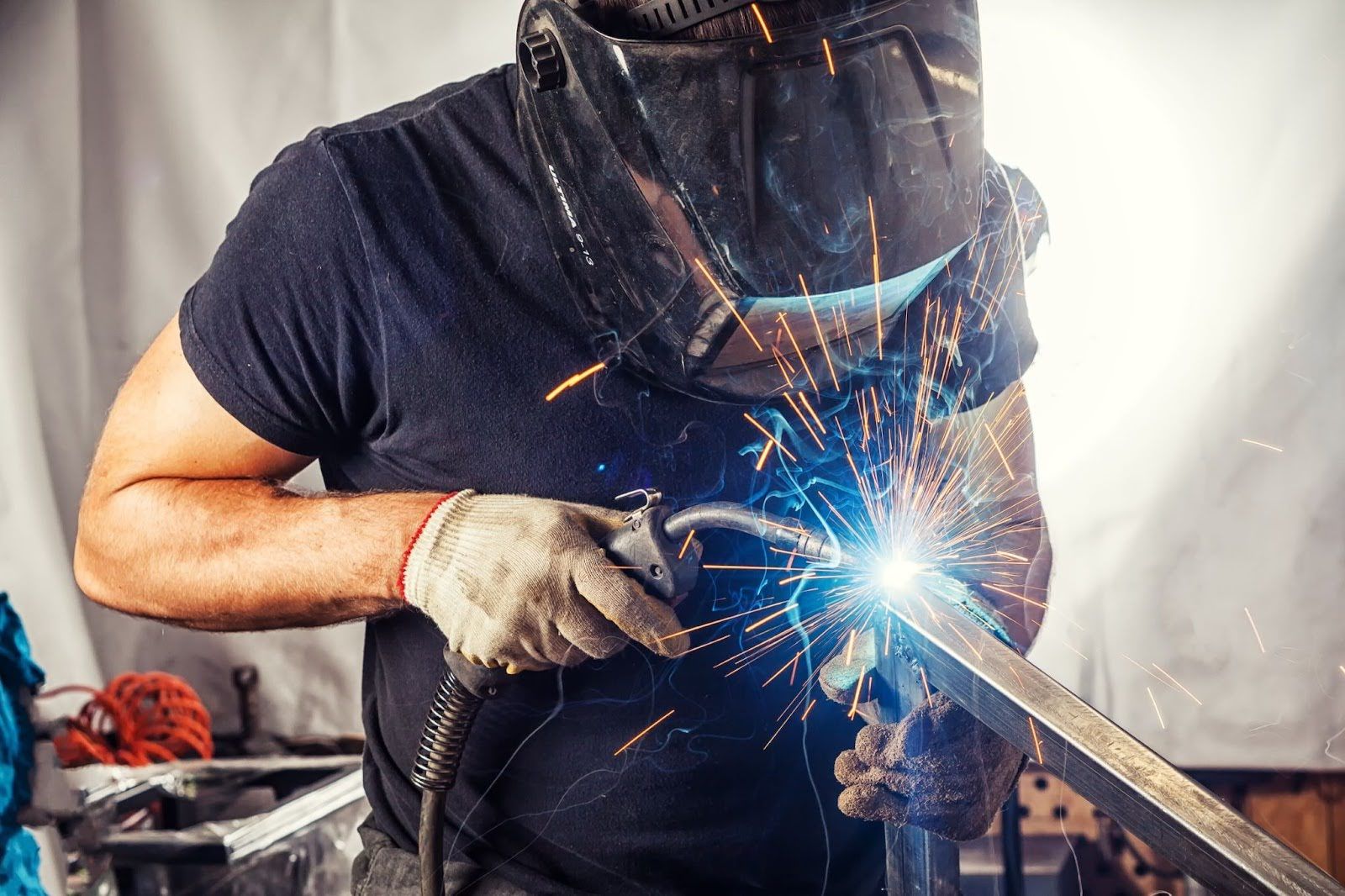Exactly How to Prevent Weld Undercut: Crucial Tips for Welders
Understanding the Art of Welding: Exactly How to Stay Clear Of Undercut Welding Issues for Flawless Construction Results
Effectiveness and accuracy are critical worldwide of welding, where even the least imperfection can endanger the architectural integrity of a produced piece. One typical obstacle that welders face is undercutting, a flaw that can lead and deteriorate a weld joint to costly rework. By comprehending the origin of undercut welding and executing reliable strategies to stop it, welders can elevate their craft to brand-new degrees of quality (Preventing weld undercut). In the pursuit of remarkable manufacture outcomes, understanding the art of welding to prevent undercut issues is not just an ability yet a need for those pursuing excellence in their job.
Understanding Undercut Welding

To stop undercut welding, welders need to guarantee correct welding parameters, such as readjusting the present, voltage, traveling speed, and preserving the proper electrode angle. Additionally, utilizing the appropriate welding method for the particular joint setup is necessary. Utilizing weaving motions or backstepping techniques can aid guarantee proper weld metal deposition and minimize the likelihood of undercut formation. Routine assessment of welds during and after the welding process is likewise critical to catch any undercut early and make needed changes to avoid further problems. Preventing weld undercut. By comprehending the root causes of undercut welding and carrying out preventative measures, welders can achieve premium, structurally audio welds.
Reasons For Undercut in Welding
Comprehending the elements that add to undercut in welding is necessary for welders to create high-quality, structurally sound welds. Undercutting occurs when the weld metal does not properly load the groove created in between the base steel and the previously deposited weld steel. Several factors can lead to damage in welding. One common cause is too much warmth input. Welding at high temperatures for extended periods can lead to the base metal thawing greater than desired, bring about undercut. Poor welding present or inaccurate welding speed can likewise add to damage. Insufficient current may not supply sufficient warm to melt the base and filler metals sufficiently, while too much speed can avoid correct blend, causing undercut. Additionally, improper electrode angles or wrong lantern adjustment strategies can develop locations of reduced weld steel deposition, promoting undercut. Comprehending these reasons and applying correct welding methods can aid protect against undercutting problems, guaranteeing strong and durable welds.
Methods to Protect Against Undercutting

To minimize the danger of undercutting in welding, welders can employ tactical welding techniques intended at improving the quality and stability of the weld joints. One effective method is to adjust the welding parameters, such as voltage, current, and take a trip speed, to make certain correct warm input and deposition. Maintaining an ideal electrode angle and making sure regular travel rate can likewise aid protect against undercut. Furthermore, using the right welding strategy for the certain joint arrangement, such as weave or stringer beads, can add to decreasing damaging. Preventing weld undercut.
In addition, proper joint preparation, including making certain tidy base materials devoid of impurities and utilizing the suitable welding consumables, is crucial in stopping undercut defects. Utilizing back-step welding techniques and managing the weld bead profile can also assist disperse warm uniformly and minimize the danger of undercut. Routine examination of the weld joint throughout and after welding, as well as applying top quality assurance actions, can help in addressing and spotting damaging problems immediately. By applying these techniques carefully, welders can accomplish flawless manufacture results with minimal undercut defects.
Significance of Correct Welding Parameters
Choosing and preserving ideal welding parameters is essential for accomplishing effective welds with marginal issues. Welding parameters refer to variables such as voltage, existing, travel speed, electrode angle, and protecting gas circulation price that straight influence the welding process. These criteria need to be thoroughly readjusted based upon the kind of product being welded, its thickness, and the welding strategy used.
Proper welding parameters ensure the ideal quantity of warm is related to melt the base steels and filler material consistently. If the parameters are established too high, it can cause excessive warmth input, triggering distortion, spatter, or burn-through. On the various other hand, if the parameters are too reduced, incomplete combination, lack of penetration, or damaging may occur.
Top Quality Assurance in Welding Procedures

Final Thought
To conclude, grasping the art of welding needs an extensive understanding of undercut have a peek at this website welding, its causes, and techniques to avoid it. By ensuring proper welding specifications and implementing quality control practices, flawless fabrication results can be achieved. It is essential for welders to consistently pursue quality in their welding procedures to prevent undercut concerns and create top notch welds.
Undercut welding, a typical problem in welding procedures, takes place when the weld metal does not correctly load the groove and leaves a groove or clinical depression along the bonded joint.To protect against undercut welding, welders need to guarantee appropriate welding specifications, such as readjusting the existing, voltage, traveling speed, and keeping the appropriate electrode angle. Inadequate welding incorrect or existing welding speed can also contribute to undercut.To mitigate the risk of damaging in welding, welders can use strategic welding techniques intended at boosting the top quality and stability of the weld joints.In conclusion, understanding the art of welding requires a detailed understanding of undercut welding, its reasons, and techniques to stop it.